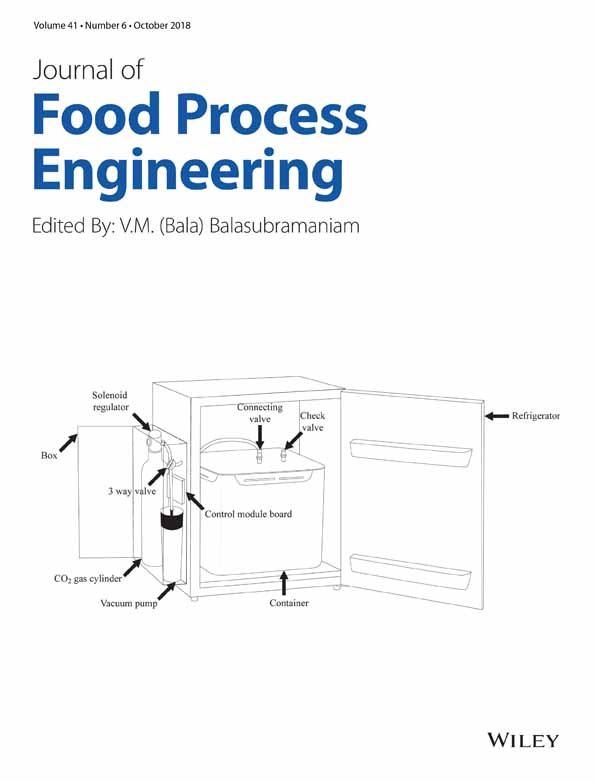Identification of pesticide residues in lettuce leaves based on near infrared transmission spectroscopy
Funding information: National natural science funds projects, Grant/Award Number: 31471413; A Project Funded by the Priority Academic Program Development of Jiangsu Higher Education Institutions (PAPD); Six Talent Peaks Project in Jiangsu Province (ZBZZ-019)
Abstract
To explore the nondestructive and accurate qualitative detection method of pesticide residues in vegetables, lettuce leaves were taken as carrier and pesticides (fenvalerate and chlorpyrifos) were taken as research object. The near infrared spectral data of lettuce leaves was collected by using near infrared spectrometer NIRez (950–1,650 nm), then it was preprocessed by SNV algorithm and SG-SNV combination, respectively. The successive projections algorithm (SPA), competitive adaptive reweighted sampling (CARS), iteratively retaining informative variables (IRIV), and combination of two of them were used to select characteristic wavelengths from the preprocessed spectral data, respectively. In this study, support vector machine (SVM) was used to classify pesticide residues in lettuce leaves. Because the classification performance of SVM was influenced by parameters c (penalty coefficient) and g (kernel function parameter), so the parameters c and g of SVM were optimized by gravitational search algorithm (GSA). Finally, identification models were built on the full wavelengths and the selected characteristic wavelengths, respectively. Final result showed that CARS-IRIV-GSA-SVM model had the best performance, and the classification accuracy of training set and predication set reached 100 and 98.33%. Therefore, near infrared transmission spectroscopy can be applied to the qualitative detection of pesticide residues in lettuce leaves.
Practical applications
Lettuce leaves can be eaten raw, but pesticide residues in lettuce leaves are likely to do harm to human health. Near infrared transmission spectroscopy, a fast and nondestructive technology, can be used to detect pesticide residues in lettuce leaves. Furthermore, the small NIR spectrometer used in this study can also provide some idea for the production of portable pesticide residue detector. This study demonstrated that near infrared transmission spectroscopy can be applied to the qualitative detection of pesticide residues in lettuce leaves.
CONFLICT OF INTERIST
The authors declare that they have no conflicts of interest related to this article.




